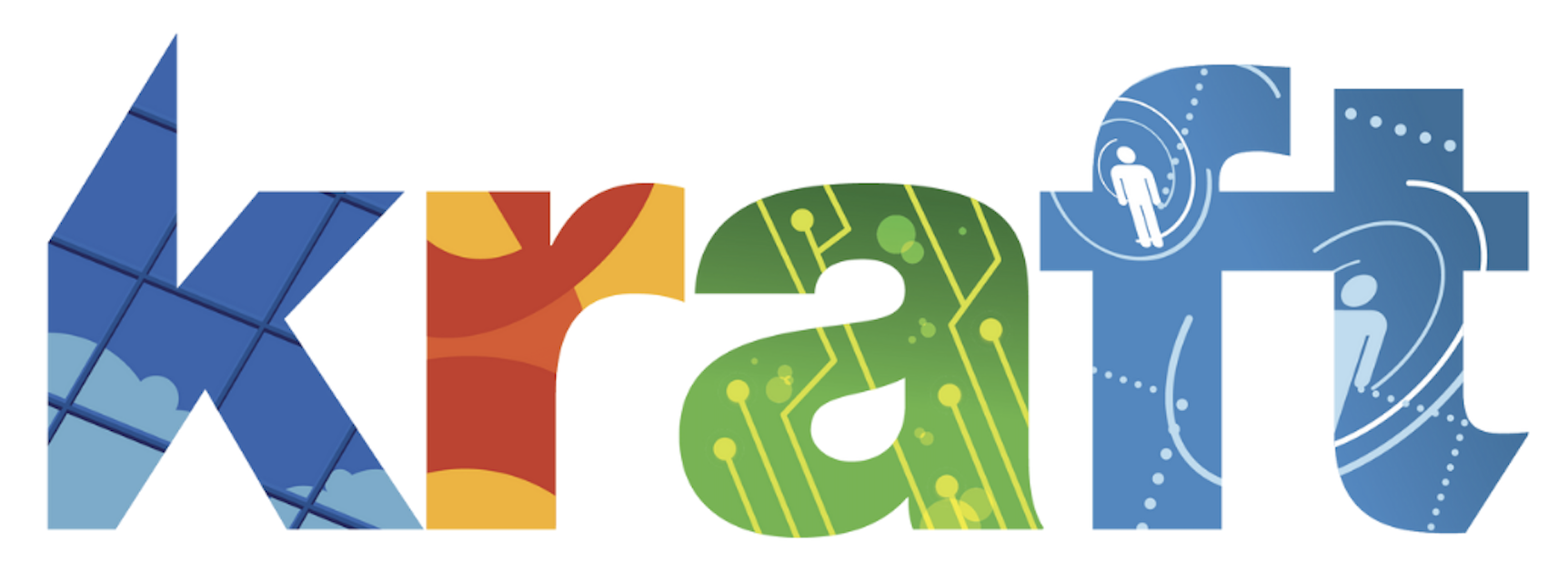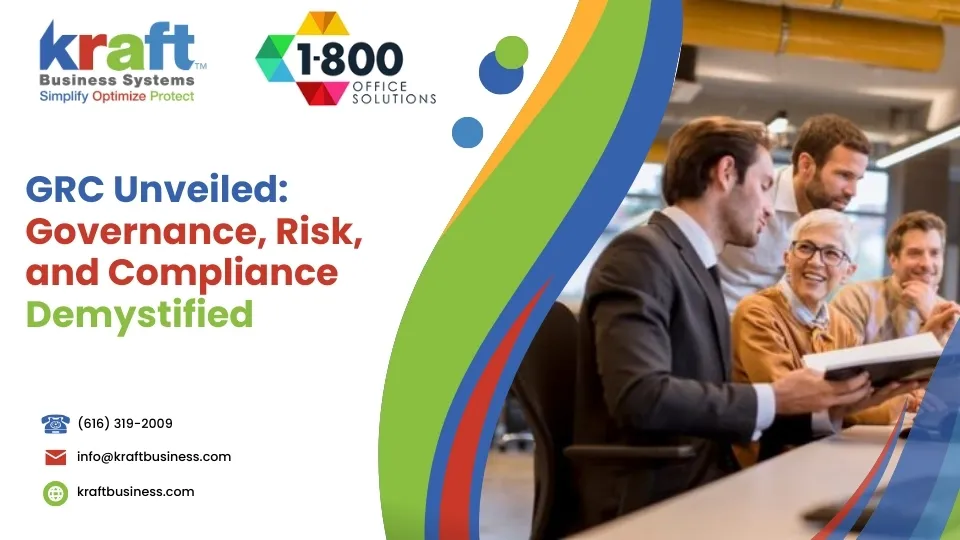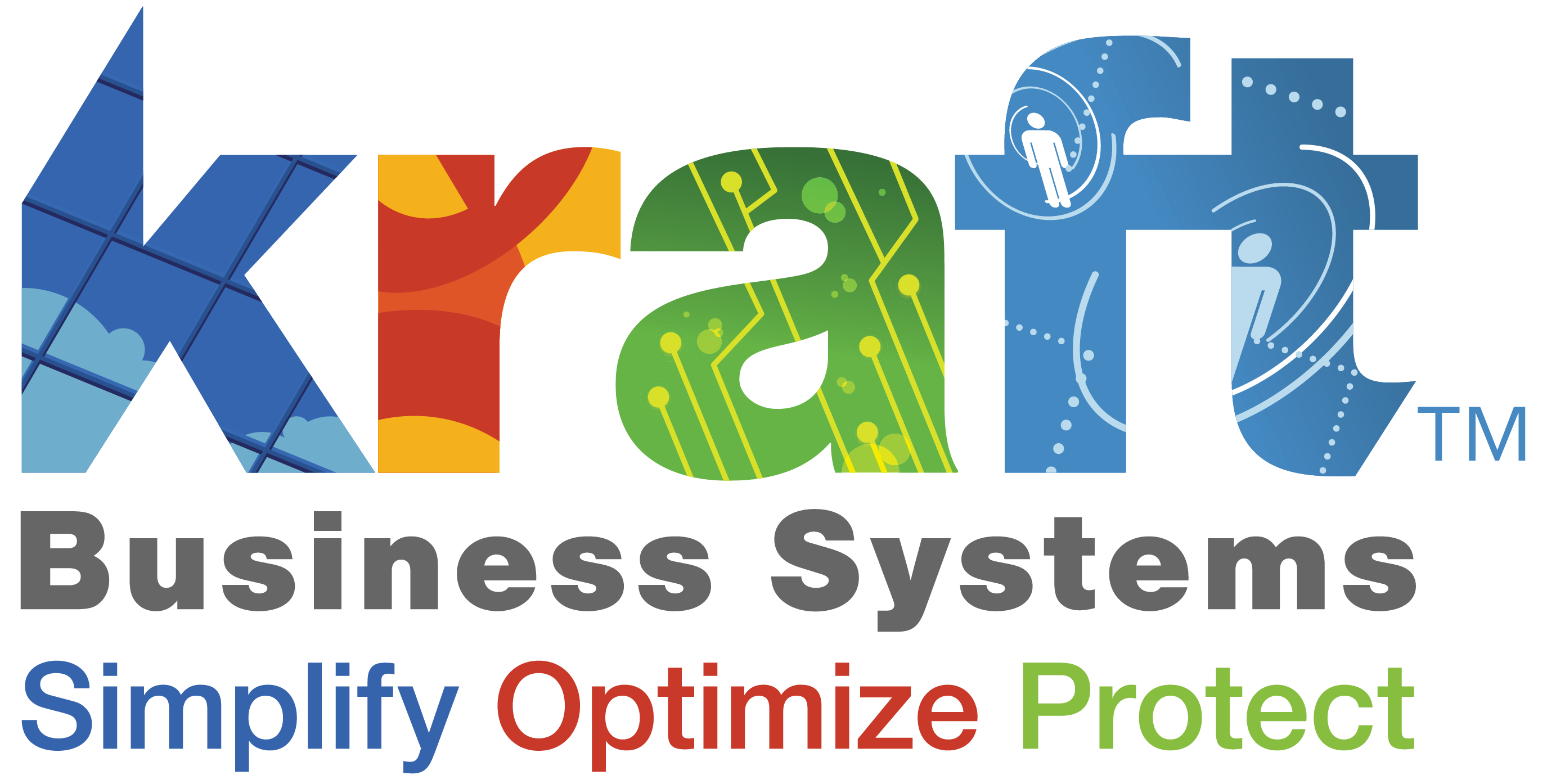What does GRC stand for governance compliance? It stands for Governance Risk & Compliance—a framework that integrates three critical functions of any organization.
In 2007, the Open Compliance and Ethics Group (OCEG) introduced this concept to break down barriers between departments and foster collaboration. By uniting these three elements, businesses can better align their objectives, manage risks, and meet compliance requirements.
Governance focuses on aligning processes and decision-making to achieve strategic goals.
Risk management involves identifying and addressing potential hazards.
Compliance ensures adherence to legal and ethical standards.
Principled Performance is the ultimate aim of GRC, empowering organizations to meet their goals while managing uncertainty with integrity.
By implementing a well-structured GRC strategy, companies can improve operational efficiency and improve decision-making. This integrated model helps reduce costs, eliminates duplicate efforts, and provides a clear path to regulatory compliance.
If you’re looking to improve your business operations, understanding GRC is crucial. It provides a unified approach that can transform how your organization functions—helping you stay ahead in the competitive market.

What does grc stand for governance compliance terms you need:
Governance, Risk & Compliance Explained: A Comprehensive Introduction
What Does GRC Stand For in Governance Risk & Compliance?
GRC stands for Governance, Risk Management, and Compliance. This integrated model is crucial for organizations aiming to streamline operations and achieve their strategic goals.
Governance
Governance is all about setting the rules and processes that guide a company. It’s like the GPS for your organization. Governance ensures that decision-making aligns with your company’s objectives. It promotes accountability and transparency across all levels.
Risk Management
Risk management is the safety net. It involves identifying, assessing, and addressing potential risks that could derail your business goals. By managing risks, organizations can minimize disruptions and seize new opportunities.
Compliance
Compliance is the rulebook. It ensures that your organization follows all legal and ethical standards. Effective compliance programs reduce the risk of legal penalties and help build trust with stakeholders.
Integrated Model
The magic of GRC lies in its integrated approach. By combining governance, risk management, and compliance, organizations can break down silos and foster collaboration. This unified strategy helps in reducing costs, eliminating duplicate efforts, and enhancing decision-making.

Understanding what does GRC stand for in governance compliance is key to optimizing your business operations. It’s not just about ticking boxes; it’s about creating a robust framework that supports your organization’s growth and resilience.
Governance, Risk & Compliance Explained: A Comprehensive Introduction
Key Components of GRC
When diving into GRC, it’s crucial to break it down into its core components: Governance policies, Risk management, and Compliance procedures. Each plays a vital role in helping organizations operate smoothly and achieve their objectives.
Governance Policies
Think of governance policies as the rulebook for your organization. These are the guidelines that ensure everyone is on the same page, working towards the same goals. Good governance includes ethics, accountability, and transparent information sharing. It also involves setting clear roles and responsibilities for key stakeholders, like the board of directors and senior management.
For example, a company might have a policy that requires all departments to include the company’s social responsibility goals in their plans. This ensures that the organization’s values are reflected in its daily operations.
Risk Management
Risk management is all about being prepared for the unexpected. Businesses face various risks, from financial and legal to strategic and security threats. Proper risk management helps identify these risks early on and find ways to address them.
A practical example of risk management is conducting regular risk assessments to identify security loopholes in a company’s IT systems. By doing so, businesses can implement necessary fixes before any damage occurs.
Compliance Procedures
Compliance procedures are the checks and balances that ensure your organization follows all relevant laws and regulations. This is about more than just avoiding legal trouble; it’s about building trust with customers and stakeholders.
For instance, healthcare organizations must comply with laws like HIPAA that protect patients’ privacy. By implementing effective compliance procedures, these organizations can ensure they meet all regulatory requirements and avoid costly penalties.
Understanding these key components is essential for leveraging the full potential of GRC. By integrating governance policies, risk management, and compliance procedures, organizations can create a cohesive framework that supports growth and resilience.
Next, we’ll explore the Benefits of Implementing GRC and how they can transform your organization.
Governance, Risk & Compliance Explained: A Comprehensive Introduction
Benefits of Implementing GRC
Implementing a GRC strategy can transform how an organization operates, bringing several key benefits that are crucial for success.
Data-Driven Decisions
One of the standout benefits of GRC is its ability to facilitate data-driven decisions. By integrating governance, risk, and compliance into one model, organizations can access a comprehensive view of their operations. This visibility allows for quicker, more informed decision-making. Companies can monitor resources and set up frameworks using GRC tools, enabling them to respond swiftly to challenges and opportunities. As a result, businesses can steer complexities more effectively and align their actions with strategic goals.
Responsible Operations
GRC encourages responsible operations by fostering a culture of ethics and accountability. When everyone in the organization follows a unified set of policies and procedures, it promotes a healthy environment for growth. This unified approach not only streamlines operations but also ensures that ethical values are at the forefront of decision-making. By aligning operations with ethical standards, companies can improve their reputation and foster trust among stakeholders.
Improved Cybersecurity
Improved cybersecurity is a critical benefit of GRC. With cyber threats on the rise, protecting customer data and sensitive information is more important than ever. GRC strategies help organizations implement robust data security measures, ensuring compliance with regulations like the General Data Protection Regulation (GDPR). By doing so, businesses can build customer trust and protect themselves from potential penalties. A strong GRC framework also supports the development of a proactive approach to cybersecurity, safeguarding the organization against emerging threats.
Embracing GRC not only helps in achieving compliance but also strengthens the overall resilience of an organization. By leveraging these benefits, companies can improve their operational effectiveness and maintain a competitive edge. Next, we’ll dig into How GRC Works in Organizations and the role of cross-functional collaboration in achieving GRC maturity.
Governance, Risk & Compliance Explained: A Comprehensive Introduction
How GRC Works in Organizations
Governance, Risk, and Compliance (GRC) isn’t just a set of rules—it’s a way of working that brings different parts of an organization together. Here’s how it all comes together:
Cross-Functional Collaboration
At the heart of GRC is cross-functional collaboration. This means different departments, like IT, legal, finance, and HR, all work together. Each team has its own role, but they share the same goal: to make sure the organization runs smoothly and safely.
For example, the IT team focuses on protecting data from cyber threats, while the legal team ensures compliance with laws and regulations. By working together, these teams can identify risks and solve problems more effectively.
GRC Framework
A GRC framework is like a roadmap for the organization. It outlines the policies and procedures that everyone needs to follow. This framework helps the organization align its actions with its goals.
Think of it like a playbook for a sports team. Each player knows their role and how it fits into the team’s strategy. Similarly, a GRC framework ensures that everyone in the organization understands their responsibilities and how they contribute to the overall success.
GRC Maturity
GRC maturity is about how well an organization has integrated governance, risk management, and compliance into its operations. A mature GRC strategy means the organization is efficient, cost-effective, and proactive in managing risks.
Organizations with high GRC maturity can make decisions faster and more confidently. They’re not just reacting to problems—they’re anticipating them and taking steps to prevent them. This proactive approach leads to better business outcomes and helps the organization stay competitive.
By fostering cross-functional collaboration, implementing a strong GRC framework, and striving for GRC maturity, organizations can create a more resilient and agile environment. This integrated approach helps them steer challenges and seize opportunities with confidence.
Next, we’ll address some Frequently Asked Questions about GRC, including the key elements and roles within GRC.
Governance, Risk & Compliance Explained: A Comprehensive Introduction
Frequently Asked Questions about GRC
What are the three key elements of GRC?
The three key elements of GRC are Governance, Risk Management, and Compliance.
- Governance: This is about setting the rules and policies that guide an organization. It ensures that everyone knows their responsibilities and how they fit into the big picture. Think of it as the rulebook that helps the company achieve its goals.
- Risk Management: Every business faces risks, like financial issues or cybersecurity threats. Risk management helps identify these risks and find ways to minimize them. It’s like having a safety net to catch problems before they become big issues.
- Compliance: This is about following laws and regulations. Compliance ensures that the company acts legally and ethically. It’s like making sure you’re playing by the rules in a game.
What is the role of GRC compliance?
GRC compliance plays a crucial role in ensuring that a business operates within legal and ethical boundaries. It involves implementing processes and systems that help an organization meet regulatory requirements. This is especially important in areas like IT, where regulations can be complex.
In the context of IT GRC, compliance ensures that technology systems are secure and data is protected. It involves regular monitoring and audits to ensure that IT processes meet the required standards. This not only helps in avoiding legal penalties but also builds trust with customers and stakeholders.
How does GRC improve decision-making?
GRC improves decision-making by creating a risk-aware environment. This means that everyone in the organization understands potential risks and how to manage them. When risks are identified early, businesses can make informed decisions that are less likely to lead to problems.
Moreover, GRC fosters a shared perspective among different departments. By having a unified approach, organizations can align their actions with their strategic goals. This collaboration ensures that decisions are made with a comprehensive understanding of risks and opportunities, leading to better outcomes.
By integrating governance, risk management, and compliance, organizations can improve their decision-making processes, leading to more effective and efficient operations.
Next, we’ll explore how Kraft Business Systems can provide innovative solutions and secure technology to support your GRC needs.
Governance, Risk & Compliance Explained: A Comprehensive Introduction
Conclusion
At Kraft Business Systems, we specialize in providing innovative solutions and secure technology to support your governance, risk management, and compliance (GRC) needs. Our team of experts is dedicated to helping organizations integrate these critical functions seamlessly into their operations.
Why Choose Kraft Business Systems?
- Innovative Solutions: We offer cutting-edge technology and strategies to help your business stay ahead of the curve. Our solutions are designed to be flexible and scalable, ensuring they grow with your organization.
- Secure Technology: Security is at the core of everything we do. We provide robust cybersecurity measures, including end-to-end encryption and multi-factor authentication, to protect your data and maintain compliance with industry regulations.
- Expert Support: Our diverse team of consultants is ready to address your unique business challenges. With locations across Michigan, including Grand Rapids, Detroit, and Traverse City, we are well-positioned to offer personalized support and guidance.
By partnering with us, you can improve your GRC strategy and ensure your business operates efficiently and securely. Explore our Managed Cybersecurity Services to learn more about how we can help protect and empower your organization.
At Kraft Business Systems, we are committed to helping you steer the complexities of GRC with confidence and ease.






